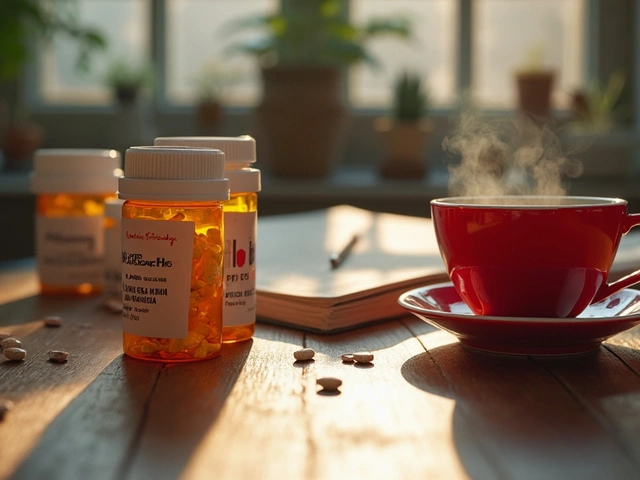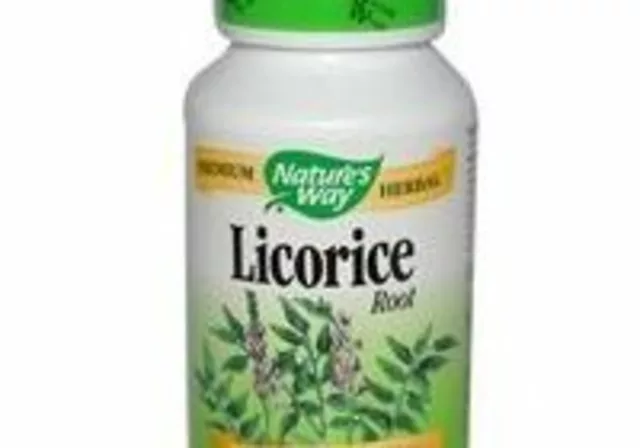Sucralfate: What It Does and What You Should Know
Been told to take sucralfate and wondering what that really means? Sucralfate is a local mucosal protector used mainly for active peptic ulcers and to help heal damaged stomach or duodenal lining. It doesn’t reduce acid like PPIs or H2 blockers; instead, it forms a sticky barrier that shields ulcer tissue while it heals.
How sucralfate works
When sucralfate hits the acid in your stomach it turns into a gel-like paste. That paste sticks to the ulcer or irritated spot and keeps acid, bile salts, and enzymes away from exposed tissue. Because it works locally and is minimally absorbed, systemic side effects are uncommon compared with many oral drugs.
Think of it as a bandage for the inside of your gut. It won’t stop acid production, so it’s often used alongside other treatments or when acid suppression isn’t preferred or possible.
How to take it, side effects, and interactions
Typical dosing for adults is 1 gram four times a day: about an hour before meals and again at bedtime. Sucralfate works best on an empty stomach so the barrier sticks properly. Follow your prescriber’s instructions—doses can vary by condition and age.
Common side effects are mild: constipation and dry mouth show up most often. Because sucralfate contains aluminum, people with severe kidney disease need special care—aluminum can build up if kidneys don’t clear it well. Tell your doctor if you have reduced kidney function.
Sucralfate can bind other meds and reduce their absorption. To avoid this, separate dosing: take other oral medicines at least 2 hours before or after sucralfate. Drugs commonly affected include certain antibiotics (like fluoroquinolones and tetracyclines), digoxin, and some thyroid meds. If you take many pills, ask your pharmacist to help schedule them.
Pregnancy and breastfeeding data are limited. Because systemic absorption is low, many clinicians consider it when benefits outweigh risks, but check with your provider before starting.
Practical tips: take sucralfate with a full glass of water, stick to the timing around meals, and keep a list of all your medicines to review for interactions. If constipation starts, staying hydrated and adding fiber can help; report persistent changes to your clinician.
If symptoms like severe abdominal pain, vomiting blood, or black stools appear while on sucralfate, seek medical care right away—those can be signs of a bleeding ulcer or a complication that needs prompt attention.
Sucralfate is a useful tool when a protective barrier is the goal. It’s simple to use, but timing and awareness of interactions make a real difference in how well it helps you heal. Ask your prescriber or pharmacist if you want help fitting it into your medication schedule.




